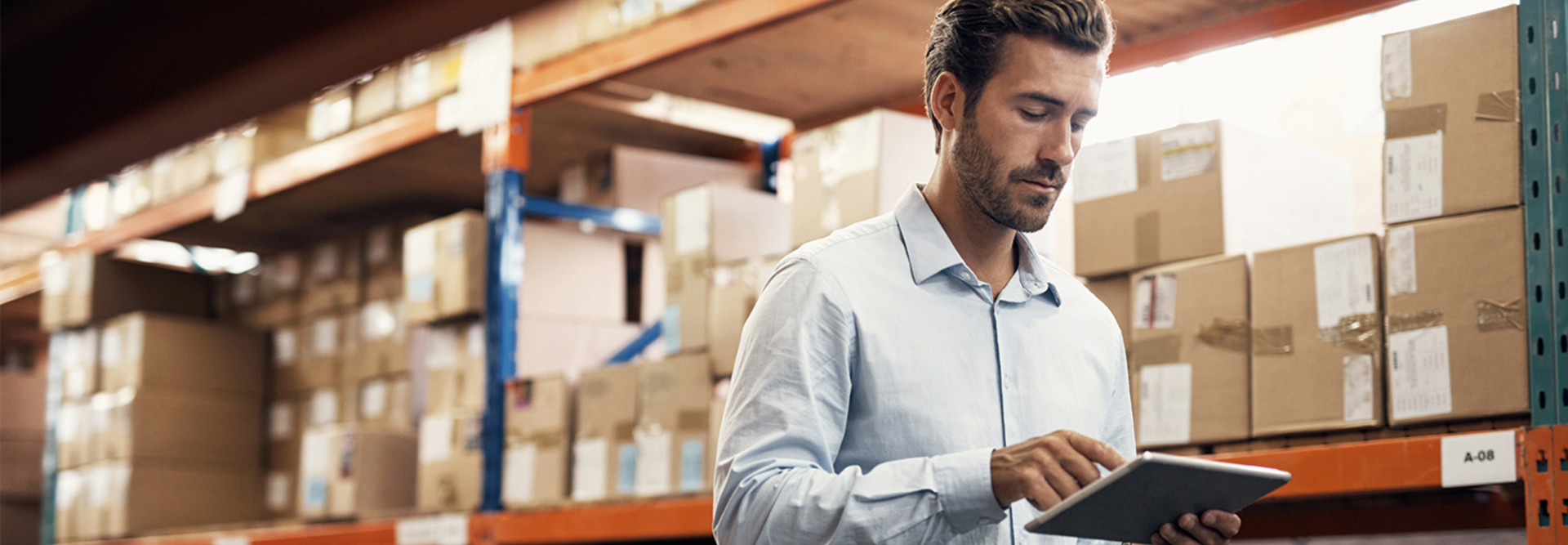Retailers Face Lingering Supply Chain Issues That Demand Solutions
In a recent report by Deloitte, experts recommended that in 2022, “retailers should continue down the remediation path they began at the onset of the pandemic to realize long-term and lasting benefits.” In fact, the report said, 2022 could offer opportunities to update and restructure outmoded supply chains, revamp inventory management systems and find innovative ways to transform the physical shopping experience for the digital age.
“This will likely require entirely new ways of thinking and long-term commitments from retailers, but these efforts could forever shift the way retailers conduct business,” according to Deloitte. “That future begins today, by addressing near-term retail challenges with an eye to the future.”
True supply chain resiliency will likely require significant change across the board. That type of change doesn’t happen quickly. “But retailers can’t afford to wait, given that 80 percent of executives we surveyed believe consumers will prioritize stock availability over retailer loyalty in the upcoming year,” the report said.
The pandemic has altered employee expectations as well as the ways customers shop. Both shifts have affected the supply chain: Changing employee expectations have contributed to the labor shortage, and the convenience of online shopping has heightened customer expectations of product availability. “Organizations need more credible information and technology upgrades to develop agile systems that can handle the new consumer scenarios,” Deloitte wrote.
HEAR MORE: Read what tech leaders say retailers must do to overhaul the in-store experience.
Tech Can Address Supply Chain Issues and Offer Competitive Edge
The Deloitte report notes, “A key takeaway from the pandemic has been that consumers have reset their level of reliance on technology and digital platforms.”
The report includes survey results that indicate retailers plan to invest this year in e-commerce, digital marketing and automated checkout technologies. “Over the next five years, leaders are buying into the prospects of digitization of the physical world, such as voice commerce, staff-free cashier-less stores, and the selling of digital goods,” the report states.
The report included survey results indicating the technology investments many companies are making to address supply chain difficulties include such tools as digital inventory management, supply chain analytics software, warehouse management systems from providers such as NVIDIA, and real-time traceability.
All these tools can ameliorate the effects of supply chain disruptions. As the report states, “Leaders are making this a higher priority, and forward-thinking retailers should strive to automate their processes as much as possible and consider making significant investments in automated driving technology and last-mile delivery.”
Click the banner below to follow the most influential voices in retail technology.













